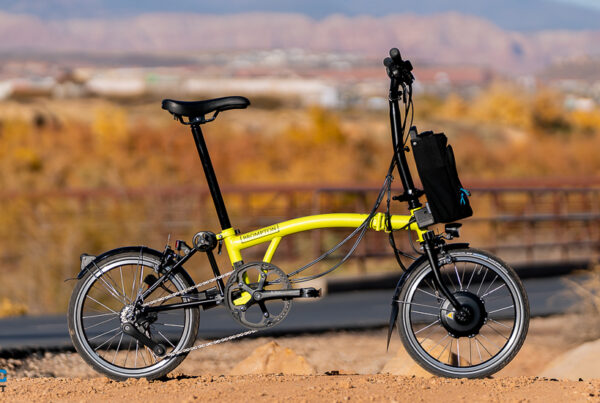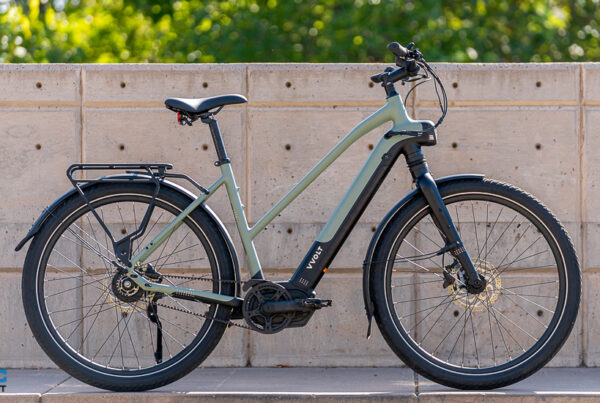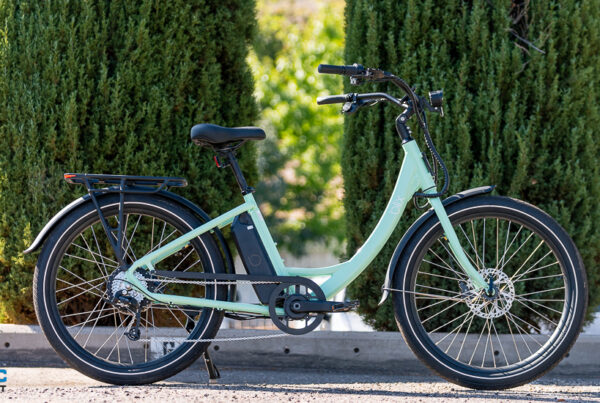At their core, an electric bike is a normal pedal bicycle with a little (or sometimes a lot) of added boost courtesy of a small motor and battery.
The first step to riding them safely depends on whether you can ride a traditional bike safely, and, as the old adage goes: “Once you learn to ride a bicycle, you never forget.” There are some additional considerations to keep in mind for safe operation of an e-bike, but we’ll get more into that later.
Scientific studies have proven that, despite the help from the motor, e-bikes provide a quality low-impact exercise with very measurable health benefits. Some studies cited evidence that e-biking might even make people exercise more often thanks to the lower perceived exertion and heightened enjoyment.
There’s also evidence of cognitive and mental health benefits in seniors who e-bike.
“Our research demonstrated that the wider therapeutic benefits of cycling outdoors need to be considered. Our participants reported improvements in confidence and self-esteem. The E-bike enabled them to explore their local area and interact with people and the natural environment secure in the knowledge that they could rely on powered assisted support to get them home safely and stress-free,” wrote researchers conducting a 2019 study at Oxford University.
I like to think that e-bikes are democratizing cycling. That small motor makes it easier for people who might be less confident on a traditional bicycle to get out and do things they’d previously not been able to do.
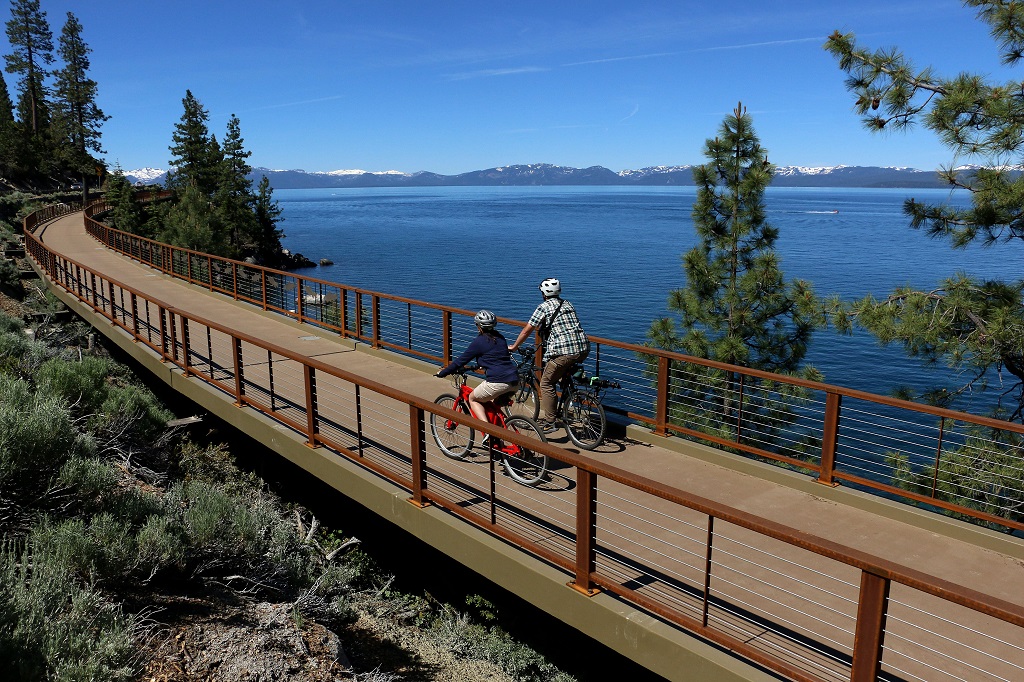
E-bikes span the full spectrum of bicycles, from high-performance racers built for speed and efficiency to three-wheeled trikes designed to take the balancing act out of cycling. And, like a car, their speed and power vary depending on model, intended use and how much you’re willing to spend.
You’ve got to do some research and, most importantly, evaluate and know your goals, wants and needs before you go and spend money on an e-bike.
Think long and hard about what you want to do with the bike — are you wanting to get fitter? Get around town or your neighborhood? Get out for some fresh air? A mix of all of them? These questions are perhaps the most important, and the answer will guide you towards what style of e-bike is best for you.
The next most important question is if you have any mobility issues or physical considerations you need to keep in mind. We often hear from older riders who have a tough time swinging their leg over the high top tube of a traditional bicycle or who are worried about being able to touch the ground while seated when they come to a stop. There are specific bike designs that help alleviate these issues, like step-thru e-bikes and electric cruisers.
Like buying a car, you use all the above information to select a make, model and trim level that fits your needs. If you need help getting started, Electric Bike Report has a handy guide that’ll help you find your bearings.
It is important to note that e-bikes are considerably heavier than a traditional bicycle. They’re not nearly as heavy as a motorcycle, but it’s not uncommon to see a 60 lb or even 70 lb e-bike (batteries are extremely heavy). Pay attention to weight, but don’t let it overwhelm your decision making process. The motor will help cancel out that weight while riding uphill, and well designed e-bikes typically handle their weight very well in corners and at low speed.
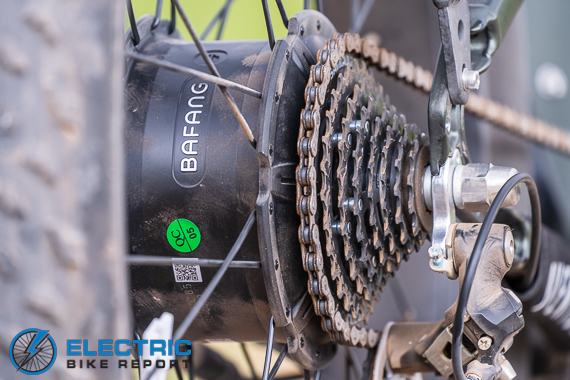
Choosing the size and power of the motor is another very important consideration. There are several types of e-bike motors, but the two most common are the rear hub motor and the mid-drive system. Mid-drives are the higher-end option and typically require less power (measured in wattage) to produce considerable torque and speed. Hub motors are the less expensive option and are extremely common on entry-level and affordable e-bikes. They typically have much higher wattage ratings than mid-drive motors but produce similar power.
Lastly, always remember that an e-bike is still a bicycle. You will likely get a workout (whether you notice or not) and you should be going speeds that are comparable or slightly higher than traditional bicycling speed. Safety is paramount, wear a helmet and at the end of the day it’s up to the rider to accept risk and ride carefully. Start conservatively and you’ll be a seasoned e-biker in no time.
Source link






